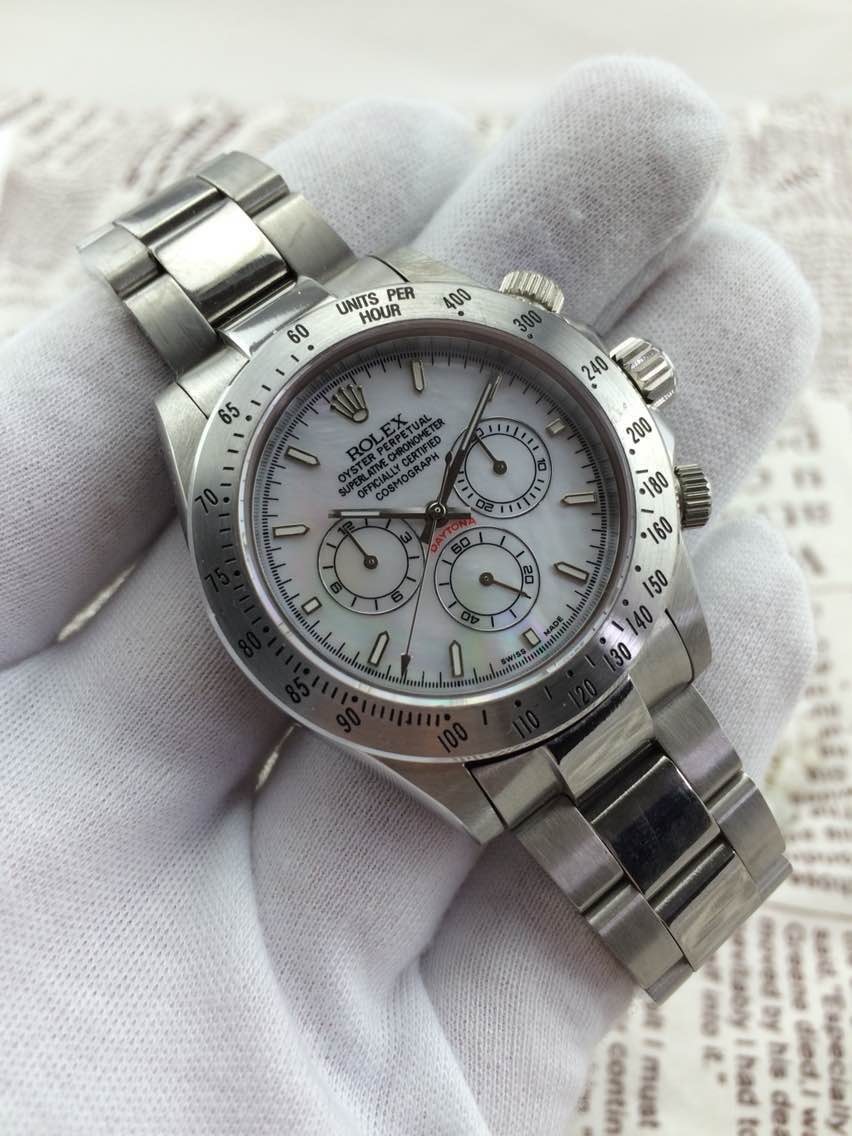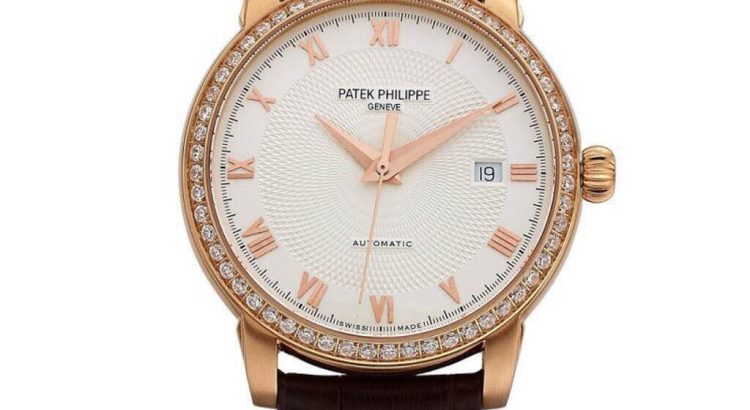The most obvious change here is the position of the subdials. On the Zenith Daytona, the small second’s dial is located at 9 o’clock, while the chronograph’s hour dial is located at 6 o’clock. On Ref 116520, the position of these two dials has changed. I think this is a more harmonious dial layout. Of course, not everyone agrees. 
Another more subtle adjustment is the subdials at 3 and 9 o’clock. Due to the new movement, these subdials need to be moved up a little. As a result, the chronograph hand on Ref 116520 does not line up with the central chronograph hand. Instead, on Ref 16520, you can draw a straight line from the hour marker at 3 o’clock to the hour marker at 9 o’clock. This is an example of those little things that once you see, you can’t stop looking at them. It also annoys purists to no end. I’m sure replica Rolex isn’t thrilled about it either, but I don’t think there’s much they can do about it.
Other changes include larger hands and shorter, wider hour markers for improved readability. The white dial version also has a silvered subdial surrounding it instead of a black one. Although Rolex has returned to the black in the Ref 116500LN. This is why collectors see it as a sort of return to the Zenith Daytona.
With a diameter of 40 mm, the Oyster is unchanged from its predecessor. Rolex resisted the temptation to introduce an “oversized case” like that of the Submariner. Instead, the inclusion of an in-house movement means that the case can be a little thinner. Also, the lugs are slightly longer. You won’t notice these subtle differences, but they further improve the wearing experience.
The Ref 116520 is still a tool watch, albeit a more elegant one. As its many polished surfaces attest. Be warned, however, that these surfaces are easily scratched. This brings us to the steel bezel. This is the last Rolex replica watch with a steel case and it has a tachymeter engraved on the bezel. Whether this is a good thing or not is a matter of personal taste.
